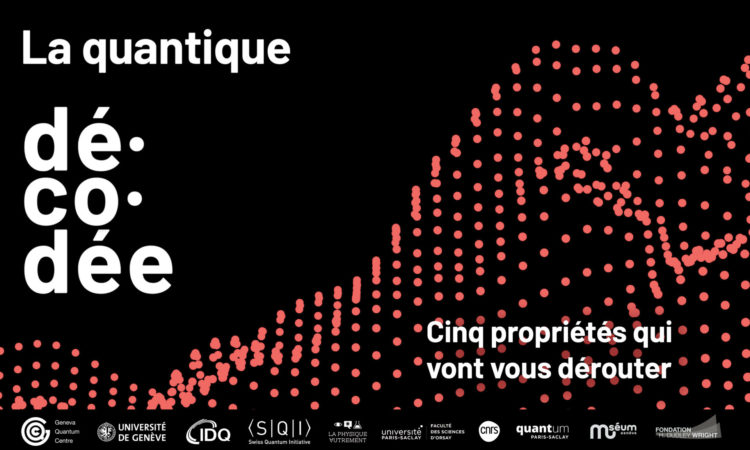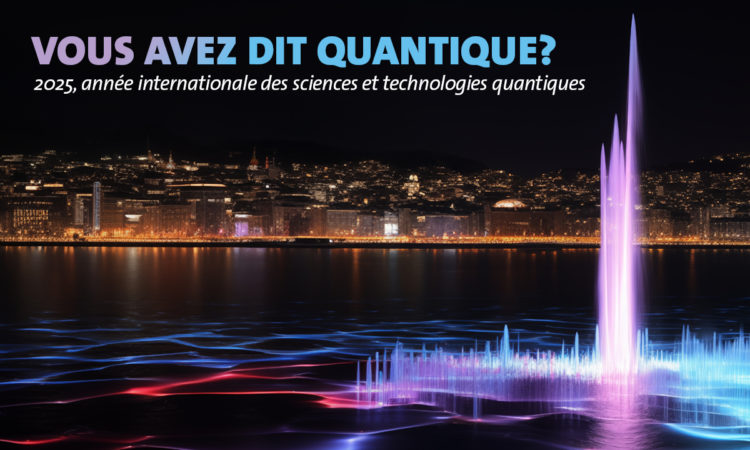Workshop on “Tips and tricks for the crystal growth of inorganic materials” at PSI-Villigen

The discovery of new quantum materials, understanding and exploiting their outstanding properties, cannot do without the availability of crystalline samples of high structural and chemical purity. Full control over the process of nucleation and growth of such crystals requires dedicated technology, and relies on the accurate mastery of every detail at each stage of the fabrication. A joint team of scientists from PSI-Villigen, ETH Zürich and the University of Geneva, recently organised a workshop on “Tips and tricks for the crystal growth of inorganic materials”, with the aim of discussing and sharing the details of various crystal growth methods and technologies, in a more technical and topical way than usually presented at large conferences on crystal growth. The two-day event took place at PSI-Villigen from the 26th to 27th of August 2024 and gathered about 70 scientists from nine European countries. MaNEP Switzerland financially supported the organization of the workshop, together with the Paul Scherrer Institute, the Swiss National Science Foundation, the Swiss Society for Crystallography and the Swiss Society for Neutron Scattering. Thanks to this valuable support, participation in the workshop has remained free of charge, which has favoured the attendance of young scientists and students.
Six well renowned scholars were invited to open the six sessions dedicated to the various growth techniques. Christo Guguschev (IKZ-Berlin) opened the workshop with a keynote lecture on the bulk growth of oxide substrate materials and how the Edge-Defined Film-Fed Growth can be advantageous over the more conventional Czochralski pulling and Top-Seeded Solution Growth methods. Karl Krämer (University of Bern) gave a tutorial lecture on the Bridgman growth method and reported about the successful use of this technique in growing Rare-Earth halides. The Floating-Zone (FZ) growth method was reviewed by Geetha Balakrishnan (University of Warwick), who disclosed the secrets of crystal growth of refractory borides and silicides at very high temperature. A modification of the FZ technique to operate at high pressure (~10 MPa range) was successfully used for growing the new family of high-temperature superconducting Rare-Earth nickelates, as reported by Pascal Puphal (Max Planck Institute, Stuttgart) in his keynote lecture. The beauty and power of the vapour transport growth techniques was presented by Anna Boehmer (Ruhr-Universität, Bochum), who applied it to superconducting FeSe and altermagnetic FeSe2, as examples. The tricks and secrets of the growth of intermetallics from a flux (a high-T solvent) were discussed by Tomasz Klimczuk (Gdańsk University of Technology). One additional theoretical session on new materials prediction and high-throughput computation was opened by the keynote lecture of Nicola Marzari (EPF Lausanne), and led to a concluding round-table, at which a lively discussion involved a large audience. 11 contributed talks and 28 posters completed and further enriched the programme of the workshop.
More details about the programme of the workshop and the abstracts of the contributions can be found at https://indico.psi.ch/event/15694/.
The success of the event was full and great appreciation was expressed by the participants. The second edition of the workshop is planned to be organized in three years.
Enrico Giannini
On behalf of the Organizing Committee
(Monica Ciomaga Hatnean, ETH Zürich and PSI-Villigen, Chair; Ekaterina Pomjakushina, PSI-Villigen; Dariusz Jakub Gawryluk, PSI-Villigen; Enrico Giannini, University of Geneva)



